2020
-
New Faculty Research Fund, NT$150,000, Office of Research and Development, National Cheng Kung University.
2020
-
New Faculty Research Fund, NT$150,000, Office of Research and Development, National Cheng Kung University.
Research
Overview
The desire to develop materials exhibiting properties superior to those which currently exist has motivated the advancement of the field of Material-by-Design. Our current research focus is on development of analytical and numerical approaches to reveal nonlinear physical phenomena for multifunctional (smart) composites, i.e., piezoelectric, piezomagnoetic, pyroelectric, electrostrictive materials, etc. and their engineered systems. A multi-scale framework (from constitutive to structure levels) illustrates a hierarchical design process to achieve desired performance of smart structures and systems via a systematic analysis methodology.

1. Magnetoelectric Composites
Magnetoelectric (ME) effect coupled two physical fields effect, in which allows for the modulation of electric polarization by an external magnetic field or the change of magnetization by an applied electric field, have drawn interest because of potential applications in energy harvesting, information storage, and multiple-state memories. The current research of Dr. Lin and his group deals with continuum micromechanics of magnetoelectric composites in hope to bring the insight into the nonlinear problems of ME composites and then achieving the optimal design of functional devices.
2. Micromechanics of Piezoelectric Fibrous Composites and Nanocomposites
Piezoelectric polymer composites have significant engineering merits motivated by the enhancement of energy absorption capability in smart structures and creates more compliant devices. Micromechanical models have been developed to estimate the overall time-dependent and nonlinear behavior of the piezoelectric composites, which can support the design of smart devices made of the piezoelectric composites. The proposed Micromechanical models also successfully predict the effective mechanical properties for epoxy/ZrP transparent nanocomposite thin films which have a variety of high performance engineering applications, such as light-weight vehicles, high-performance packaging materials, aerospace structures, and biomedical implants.
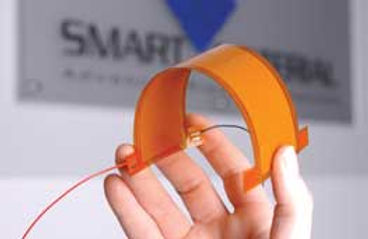
Image credit: NASA
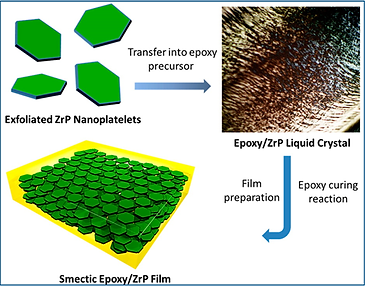

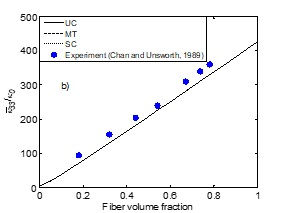

3. Finite Element of Piezoelectric Particulate Composites
A numerical Volume Element is generated within finite element scheme for a piezoelectric particulate composite with randomly spherical piezoelectric particles embedded in an polymeric matrix. This finite model provides an alternative approach to predict the nonlinear behavior of active composites.

Volume Element
=
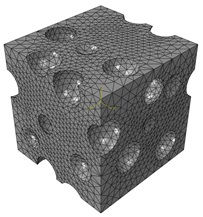
Matrix
+

Particles
4. Functionally Graded Piezoelectric Beams
Functionally graded piezoelectric beams (FGPBs) have been considered as one of the promising solutions to relieve the high stress discontinuities at the interface of piezoelectric composite plates by introducing gradual changes in the compositions of the piezoelectric constituents. Electro-mechanical response of the FGPBs is analyzed by the combination of laminate beam theorem and micromechanics. This unified formulation is able to predict overall nonlinear response (in terms of curvature) of the FGPBs.

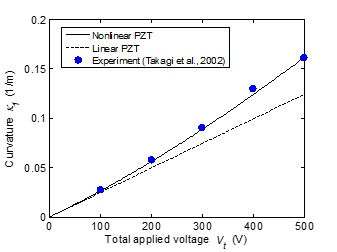
5. Time-dependent Analysis of Ferroelectric Composites
A micromechanical base methodology is developed to study overall time-dependent behavior of ferroelectric composites, including polarization hysteresis and strain butterfly responses.

